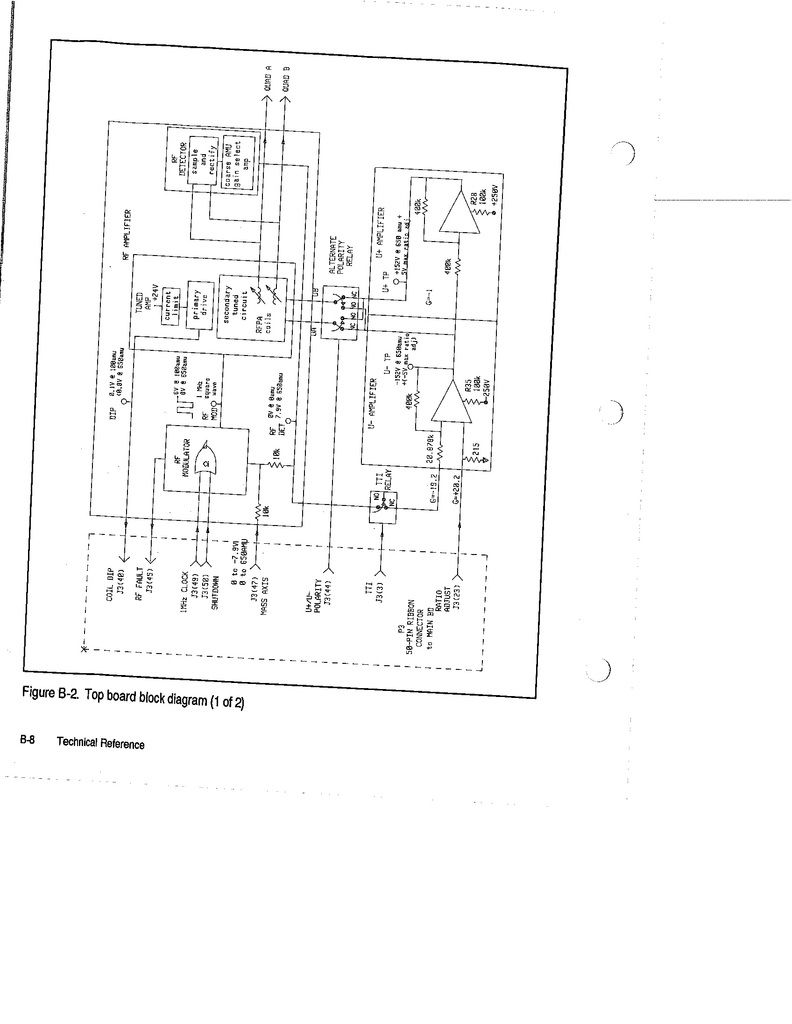-
- Posts: 12
- Joined: Wed Jun 05, 2013 6:27 pm
just recently I started running into problems with my old workhorse HP MSD 5971.
I constantly get a MSD Error 8 - "There is no emission current", normally related to a burnt filament. Checked both, both are okay.
Checked the 74VDC on the FIL A and FIL B test points on the top plate, checked resistance between FIL and FILA/B, everything seems to be fine.
Today I removed and disassembled the top plate. What I found just checking the hardware for obvious signs of problems is:
a heavily burned capacitor labelled C3 on the High Voltage generating side of the top panel, sitting in between a IC labelled U1 and a big red thing labeled L1:


Now I know I am sort of asking for help on a dinosaur, but until now it was working okay, and I love my little machine. Also I am privately running this unit in my basement with very limited financial assets
Is there maybe someone out there still running or in posession of an 5971 who would know the specifications of that capacitor - or someone might be willing to unscrew the black back cover of the top plate and try to tell me what is written on it? As mine is in ashes I cannot get any specs for a replacement to solder in. Or even better anyone knows a person who might know why this little thing burnt - and what to do against that? Maybe it's just age - maybe it's a bigger problem?
Passionately awaiting any little hint helping to narrow this problem down,
Thanks so much,
Florian


